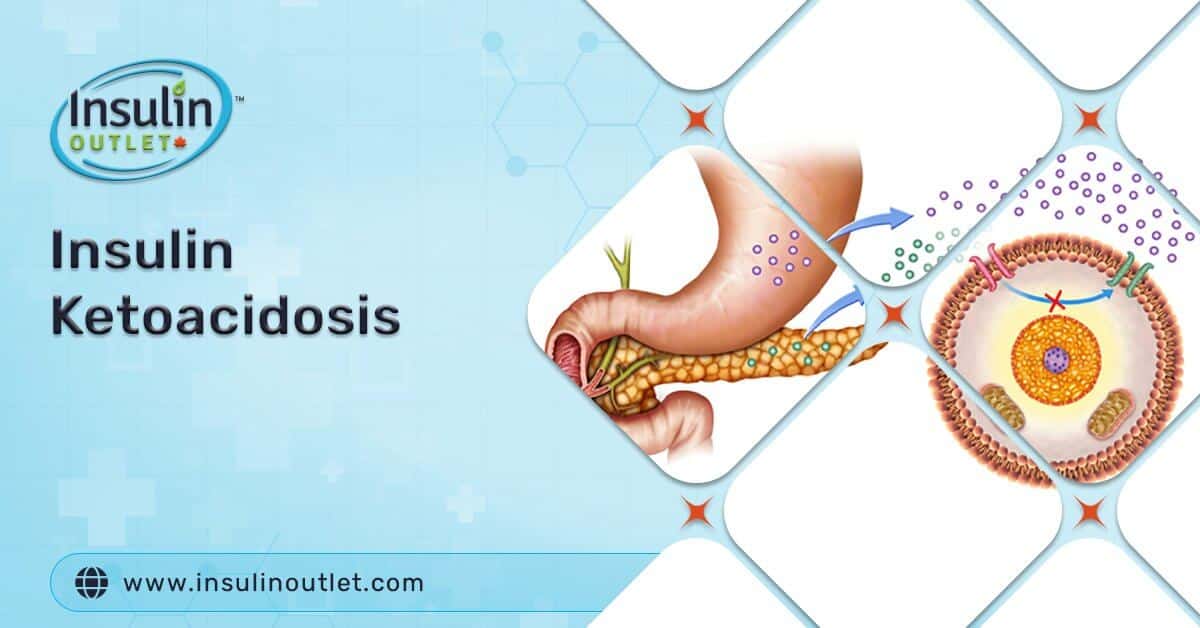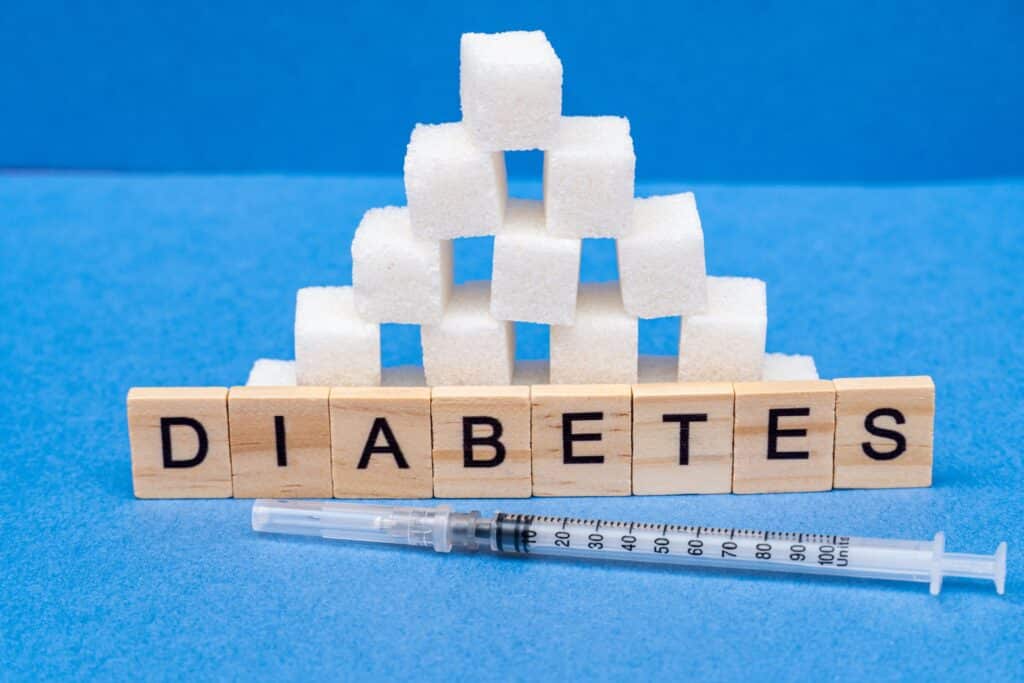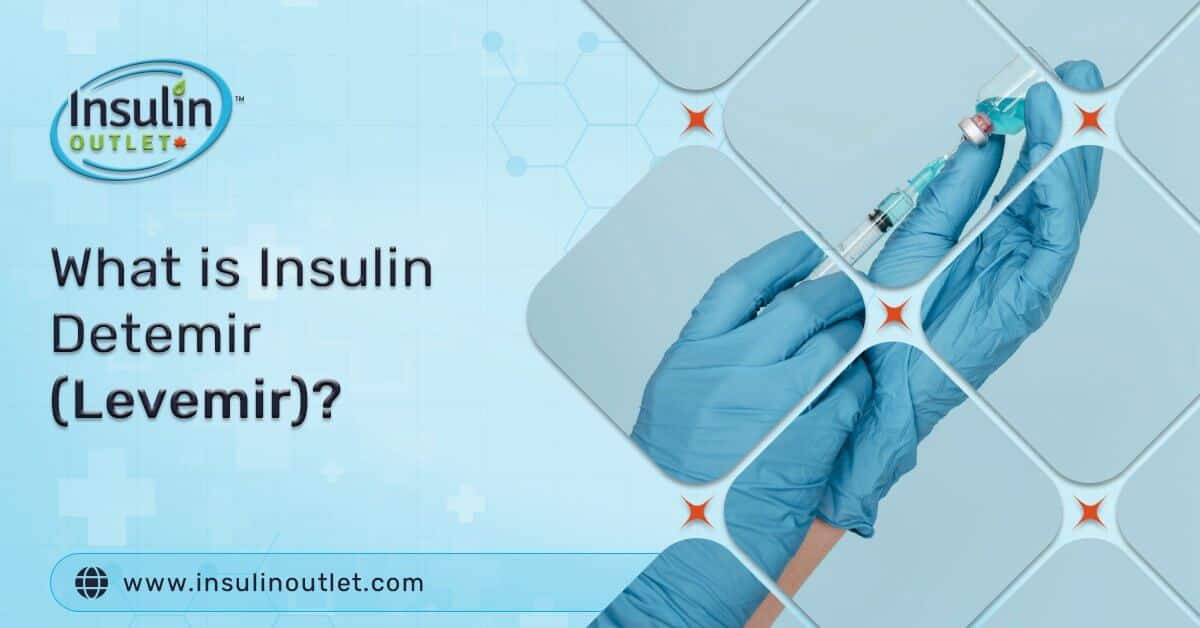
Millions of Americans suffer from diabetes. Diabetes can be a complicated condition at the onset. Diabetes becomes even more severe when it develops into insulin (diabetic) ketoacidosis. Ketones in your body’s blood result in diabetic ketoacidosis, which can lead to a diabetic coma or even death. Diabetic ketoacidosis is a risk for anyone with diabetes or at risk of it.
Non-diabetic ketoacidosis and starvation ketoacidosis are also common forms of ketoacidosis. Discover how to treat and prevent diabetic ketoacidosis and learn more about diabetic ketoacidosis or ketones in this article.
Table Of Contents
ToggleHow To Check for Ketones
When your body can’t produce enough insulin, this presents a problem because insulin plays a crucial role in helping glucose. Without the insulin your body needs, your body begins to burn fat for energy. That produces a buildup of acids in the bloodstream called ketones. If this goes untreated, it will eventually lead to diabetic ketoacidosis. That is a significant warning sign that your diabetes is out of control and you’re getting sick.
Your health care provider can best tell you how to check for ketones, but it can usually be detected with a urine test. When you have a high blood glucose level or are sick with the flu, you should check for ketones approximately every four to six hours.
Causes of Insulin Ketoacidosis
Sugar is a significant factor in acquiring ketoacidosis. Sugar is a primary energy source for the cells that make up your muscles and other tissues, and insulin facilitates the entry of sugar into your cells. Insufficient insulin prevents your body from efficiently using sugar as fuel. That prompts the release of hormones that break down fat as fuel and produce ketones. When there is an excess of ketones buildup in the blood, it will eventually spill over into the urine. The two leading causes of ketoacidosis are:
Illness
When you’re sick, you may not eat and drink as you usually would. That can make blood sugar levels hard to manage. Your body can produce higher levels of certain hormones, like adrenaline or cortisol. These hormones counter the effect of insulin. The most common cause of respiratory illness and urinary tract infection is pneumonia.
Mismanagement of Insulin
Missed insulin treatments, mismanaging your insulin treatment, or a malfunctioning insulin pump can prevent you from getting the right amount of insulin (usually too little) in your system, triggering diabetic ketoacidosis. It is important to ensure you have a readily supply of vials, KwikPens or cartridges. This is to ensure you never run out of insulin medication and can properly maintain your diabetes.

There are other triggers for insulin ketoacidosis that include: physical injury, emotional trauma, heart attack or stroke, pancreatitis, pregnancy, alcohol or drug abuse and certain medications like corticosteroids and water pills
Symptoms of Insulin Ketoacidosis
Some signs and symptoms that usually develop when insulin ketoacidosis is on the rise include: excessive thirst, urinating more than usual, high blood sugar levels, fast, deep breathing, dry skin and mouth, confusion, flushed face, mouth smells fruity, headaches, muscle stiffness or aches, weakness or fatigue, nausea and vomiting and high levels of ketones in the urine.
What Are The Risk Factors
Having diabetes ketoacidosis can be a dangerous complication. This condition is most common in people with type 1 diabetes, although people with type 2 diabetes can also develop it. There have also been occurrences of non-diabetic ketoacidosis. People with eating disorders have been known to be victims of starvation ketoacidosis.
Type 1 Diabetes
Although people of all ages can develop type 1 diabetes, it is usually diagnosed in children, teens, and young adults. The lack of insulin in the pancreas is the cause of type 1 diabetes. It’s less common than type 2 diabetes, with approximately 5 to 10% of people with diabetes developing it.
Even if the symptoms develop within a few weeks or months, diabetes type 1 can take months or years to manifest. There can be severe symptoms if they occur.
Several risk factors contribute to type 1 diabetes, including family history and age. While you can get type 1 diabetes at any age, it is more likely to develop when you’re a child, teen, or young adult.

Type 2 Diabetes
One in ten American adults has diabetes; thus, more than 34 million people suffer from the disease. Approximately 90 to 95% of them have type 2 diabetes. Type 2 diabetes often develops in people over 45 years old, but more people younger, including children, are also developing it.
Your cells do not respond in a typical fashion to insulin when you have type 2 diabetes. To get your cells to respond, your pancreas produces more insulin. Over time, your pancreas can no longer keep up, leading to blood sugar rises and eventually diabetes. They inject themselves with insulin to maintain blood sugar levels and may use other medications such as, thiazolidinediones.
Many people with type 2 diabetes develop symptoms for several years before being diagnosed. Sometimes the symptoms aren’t noticeable at all.
Non-Diabetic Ketoacidosis
Diabetic ketoacidosis is a common cause of metabolic acidosis. However, there have been instances where it has not been accompanied by high blood glucose and diabetes. Some patients have reported no medical history of diabetes and have normal or low blood glucose levels. These patients may still experience severe complications as diabetic patients and even death. The research on non-diabetic ketoacidosis is limited, especially in youth.
People with non-diabetic ketoacidosis also have increased ketone bodies, although they usually have normal or low blood glucose levels. With the limited research available, a case study on the treatment of pediatric non-diabetic ketoacidosis revealed the causes of non-diabetic ketoacidosis include: severe starvation, organic acidemia, glycogen storage disease, and gluconeogenesis disorders. Non-diabetic ketoacidosis is treated similarly to diabetic ketoacidosis, but it also requires some unique approaches, such as early glucose supplementation, supplemental insulin and bicarbonates, and continuous renal replacement therapy.
Starvation Ketoacidosis
Individuals with eating disorders may also be at high risk for developing starvation ketoacidosis. Starvation ketoacidosis occurs when a person has undergone an extended period of fasting. During this time, fatty acids replace glucose as the primary fuel source for the body.
To treat starvation ketoacidosis, a doctor has to closely monitor the person’s electrolytes. Potassium, phosphate, and magnesium also need to be checked regularly and replaced as foods are reintroduced in the process. Treatment of underlying conditions such as anorexia and the proper treatment of medical problems can help a person recover completely.

When Should You See a Doctor
If you test for ketones and find that your level is moderate or high, you should contact your doctor. Elevated ketones are a sign of insulin ketoacidosis. Immediate treatment is essential for insulin ketoacidosis.
Call the 911 emergency line or go immediately to the emergency room if you are unable to get in contact with your doctor and find that you are also experiencing any of these:
- You can’t keep anything down and are vomiting.
- You maintain a blood sugar level of 300 mg/dL or higher.
- You have difficulty breathing.
- Your breath smells fruity.
- You have multiple signs and symptoms of insulin Ketoacidosis (i.e., excessive thirst, urinating frequently, stomach pain, weakness or fatigue, and confusion).
Preventing Insulin Ketoacidosis
Insulin ketoacidosis is preventable. Some steps to help prevent it include:
Commit to managing your diabetes by making healthy eating and physical activity part of your routine.
Ask your doctor, healthcare professional, or nurse how you can adjust your insulin based on what you eat, your physical activity, and if you’re sick.
Check your blood sugar often. It may be necessary to check and record your blood sugar level three to four times a day. If you’re sick or stressed, you may need to check it more often. Follow your diabetes treatment plan to stay in your target blood sugar range if your blood sugar starts to rise.
- Even if you feel fine, take your medicines as prescribed.
- You can adjust your insulin based on what you eat, your activity level, or if you are sick. However, this should be confirmed by your healthcare provider first.
- Check your ketone level to determine if your urine has excess ketones. When you’re ill or stressed, this is possible. An over-the-counter ketones test kit will decide whether or not you moderate or high level. Contact your doctor right away or seek emergency care if it is high. Low levels of ketones may indicate the need to take more insulin or insulin secretagogues.
- Maintain your blood sugar level within your target range.

Treating Insulin Ketoacidosis
Due to the sever symptoms and the chances of serious consequences, medical attention should be immediately sought after. Hence, why it is important to understand insulin ketacidosis fully and is recommended to consult the guidance of a medical professional if you have any questions. A person with insulin ketoacidosis is likely to be hospitalized.
Treatment can include:
- Replacing fluids you lose during frequent urination and diluting excess sugar in your blood.
- Replacing electrolytes in your body. Your body contains electrolytes that maintain the proper functionality of your nerves, muscles, heart, and brain. Not having enough insulin can lower your electrolyte levels.
- Receiving insulin because insulin reverses the conditions that cause insulin ketoacidosis.
- Taking medicines for any underlying illness that caused insulin ketoacidosis.
Final Words
Insulin ketoacidosis should be taken somewhat seriously. If you believe you are experiencing any signs of insulin ketoacidosis, you should seek medical attention immediately. Your doctor or healthcare professional will consult you with all information needed if you believe your ketones are low enough to feel such symptoms.
Share:












